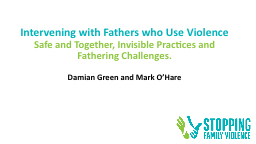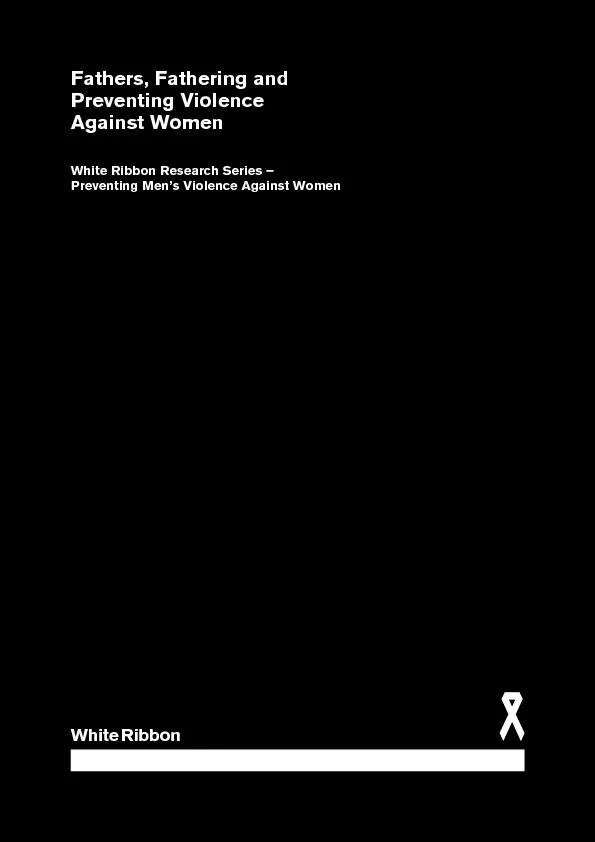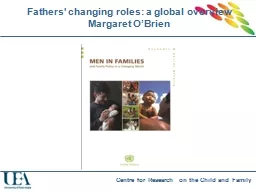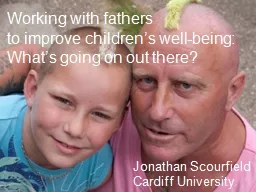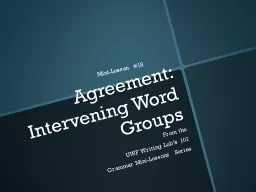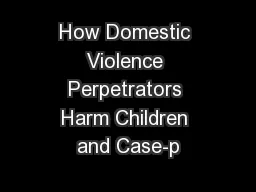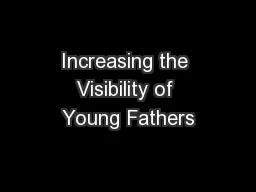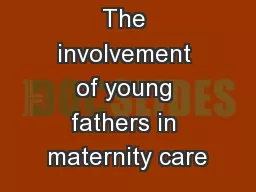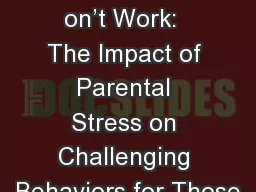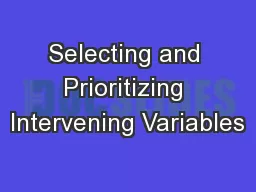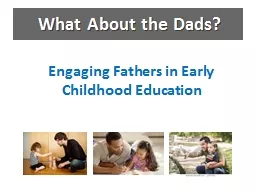PPT-Intervening with Fathers who Use Violence
Author : anastasia | Published Date : 2024-03-13
Safe and Together Invisible Practices and Fathering Challenges Damian Green and Mark OHare Background FDV remains a major social problem in Australia and the lives
Presentation Embed Code
Download Presentation
Download Presentation The PPT/PDF document "Intervening with Fathers who Use Violenc..." is the property of its rightful owner. Permission is granted to download and print the materials on this website for personal, non-commercial use only, and to display it on your personal computer provided you do not modify the materials and that you retain all copyright notices contained in the materials. By downloading content from our website, you accept the terms of this agreement.
Intervening with Fathers who Use Violence: Transcript
Download Rules Of Document
"Intervening with Fathers who Use Violence"The content belongs to its owner. You may download and print it for personal use, without modification, and keep all copyright notices. By downloading, you agree to these terms.
Related Documents

